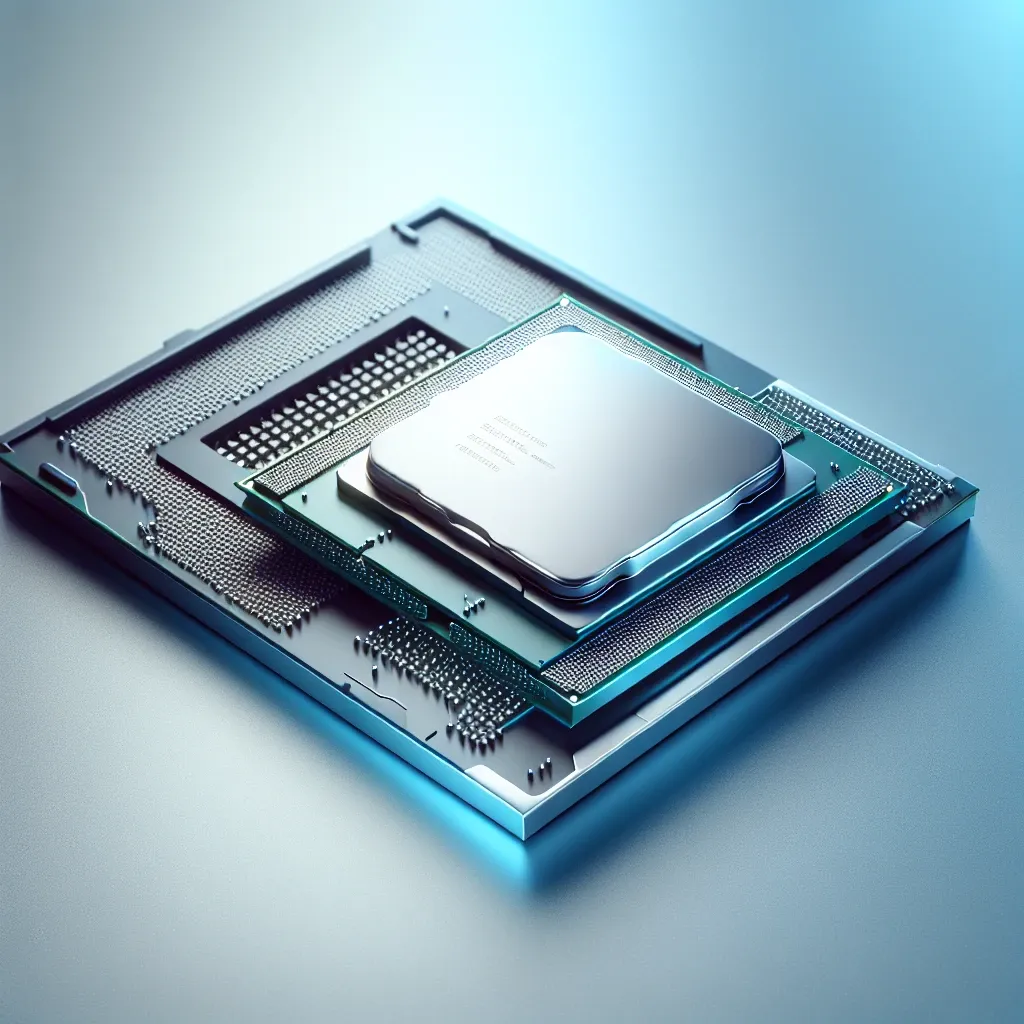When it comes to choosing a processor for your computer, two names stand out: Intel and AMD. Both have their strengths and weaknesses, and the right choice often depends on your specific needs and budget. In this article, we will explore the differences between Intel and AMD processors in terms of performance, price, power consumption, and more.
Performance
Intel Processors: Historically, Intel processors have been known for their strong single-core performance. This makes them an excellent choice for tasks that require high-speed processing, such as gaming and applications that do not fully utilize multiple cores.
AMD Processors: On the other hand, AMD processors often shine in multi-threaded performance. With their additional cores and threads, AMD CPUs tend to excel in tasks such as video rendering and multitasking.
| Attribute | Intel | AMD |
|---|---|---|
| Single-core Performance | Strong | Good |
| Multi-threaded Performance | Average | Excellent |
Price
When it comes to price, AMD often provides a more cost-effective solution. AMD processors generally offer more cores and threads at a lower price compared to their Intel counterparts. This makes them an attractive option for budget-conscious consumers.
Power Consumption
Intel Processors: Intel CPUs tend to consume more power, which can result in higher electricity bills and more need for efficient cooling solutions.
AMD Processors: AMD has made significant strides in reducing their power consumption, making their processors more energy-efficient and less expensive to operate over time.
Integrated Graphics
Intel Processors: Another area where Intel has a clear advantage is with integrated graphics. Many Intel CPUs come with integrated graphics that can handle light gaming and basic computing tasks without the need for a dedicated graphics card.
AMD Processors: While AMD has their own line of APUs (Accelerated Processing Units) that include integrated graphics, they generally lag behind Intel in this aspect.
Overclocking
Intel Processors: Intel offers a range of unlocked processors that can be overclocked to achieve higher performance levels. However, the overclocking capability is usually restricted to their high-end products.
AMD Processors: AMD, particularly with its Ryzen lineup, offers unlocked multipliers on almost all of its processors, giving users a lot more flexibility in overclocking.
Compatibility
Compatibility is another crucial factor to consider. Intel tends to change motherboard sockets more frequently, which might require more frequent updates to your hardware when upgrading your CPU.
On the other hand, AMD processors often have longer socket lifespans, providing better compatibility with older motherboards.
Market Adoption
Intel Processors: Intel has a long history and a larger share of the market, particularly in enterprise environments and pre-built systems.
AMD Processors: However, AMD has been gaining traction, especially among gamers and professionals looking for more cores and value for money.
Conclusion
Choosing between Intel and AMD processors depends largely on your specific needs and budget. Intel often offers better single-core performance and integrated graphics, making it a strong choice for gaming and general use. However, AMD provides excellent multi-threaded performance at a more affordable price point, making it ideal for tasks like video rendering and content creation.
Whichever you choose, both manufacturers provide robust options that can meet a variety of user needs.
In summary, consider the type of tasks you will be performing, your budget, and your power consumption needs when selecting between Intel and AMD processors.

